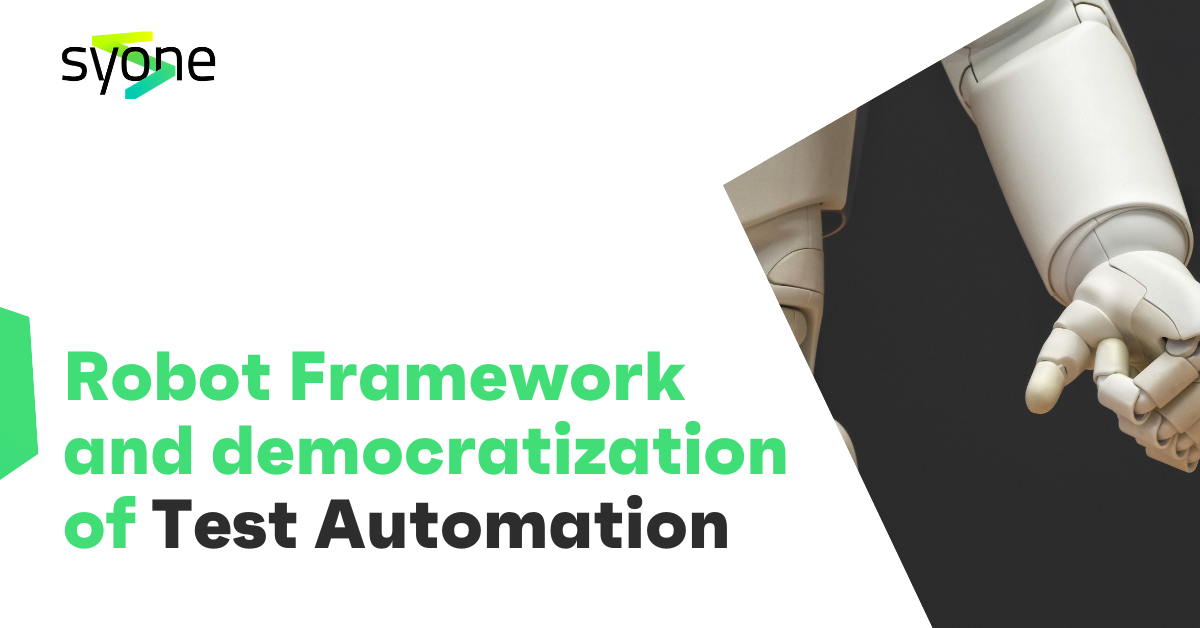By Guest Author: Jared Pane, @ Elastic
As higher education institutions operate in a changed world, IT leaders in education continue to work through issues that came to the forefront during the pandemic.
Educational technology plays a big role, especially when it comes to equitable access to education. But IT leaders are also focusing on the back end, and leveraging analytics to inform their decision making as they restore, evolve, or transform digital ecosystems for increasingly blended learning environments.
Three areas where analytics from the existing digital ecosystem enable a better student experience are: online learning, cost management, and cyber and information security. Whether IT leaders tackle one or all three, they have the ability to make a lasting impact using the Elastic search and analytics platform.
Keeping online learning available and effective
Online learning clearly ramped up due to the pandemic, but we don’t see this trend reversing. According to ThinkImpact, since the start of the pandemic, 98% of universities moved classes online and while a number are returning to in-person this academic year, a number of those are still offering online or blended learning. In 2021, 75% of K-12 schools are planning to operate online at least partially. As these students feed into higher education, they will be accustomed to online learning and many will prefer it permanently.
What are some ways that analytics can better enable online learning today and into the future?
- Uptime monitoring. Using Elastic’s free and open uptime monitoring, IT staff can measure the service level agreements (SLAs) for host availability, services, and websites to ensure that their online learning infrastructure is running in tip top shape. They can also keep tabs on secure socket layer (SSL) or transport socket layer (TSL) certificates to ensure that internet browser connections used for online learning are secure and encrypted.
- Application optimization. Using Elastic application performance monitoring (APM), IT staff can visualize how online learning services are connected in one, clear-cut view, and then monitor key performance indicators (KPIs) and any blockers to ensure that educators and students have access to the applications they need.
- Personalized user experiences. So much of teaching and learning is about searching for information or resources. With Elastic Enterprise Search, that search experience can be enhanced and personalized by analyzing crawler logs and creating search integrations. This ability to fine-tune search behind the scenes helps educators and students find the information and resources they need faster.
Reducing costs for maximum online learning value
Online learning is a growing field, whether classes are offered completely online or blended learning is employed. According to OnlineU, 80% of public higher education institutions offer lower rates for online out-of-state students, while one in three public schools offer lower rates for in-state students as well. And 96% of private higher education institutions have cheaper online programs than in-person programs. In order for schools to remain in student consideration sets with lower online learning costs, IT leaders need to be concerned with cost management.
What are some ways that analytics can maximize online learning value?
- Search tools with ease-of-use. Time savings are important to all of us. An intuitive, personalized search experience not only connects people with the information they need quickly, but the Elastic Enterprise Search platform itself can be used without hours and hours of training. The same goes for back end administrators, who can further optimize search and visualization functionality in a snap.
- Accelerated investigations. Cost savings can also be derived through accelerated IT infrastructure case investigations. IT staff can start with Elastic Observability features like metrics and then drill down into logs and traces in a few clicks on a single platform, without switching context. These data-driven investigations lead to faster triaging and ultimately case resolution.
- Total cost of ownership (TCO) predictability. When we look at data over time, we see trends. These trends help IT leaders not only lower the TCO of the IT portfolio by making necessary adjustments, but they can also get a better understanding of the future state and build operating budgets or business cases using analytics from Elastic Observability.
Preventing damage from malware and ransomware
On the same topic of trends, we know the trends for malware and ransomware are not currently in our favor. According to EDUCAUSE, in less than 30 days in early 2021, educational organizations were the targets of 6.1 million malware attacks. Further, ransomware attacks against colleges and universities have more than doubled since the onset of the pandemic. Additionally, the FBI’s Cyber Division recently became aware of a new type of ransomware attack – using a new type of malware known as PYSA – where unidentified cyber actors are specifically targeting higher education, K-12 schools, and seminaries.
What are some ways that analytics can deter what might seem daunting in terms of cyber and information security?
- Longer data lookback. We often talk about wading through massive amounts of data as being a challenge. But in terms of cyber and information security, having access to data at scale – especially older data – is a good thing, especially when it can be done without breaking the bank. With the ability to access and query older data, IT staff can make comparisons to newer data to find hidden malware or unactivated ransomware in the network and neutralize it. At Elastic, we provide frozen tier data, and searchable snapshots for just this purpose, and it is affordable to boot.
- Anomaly detection. At Elastic, we apply approachable machine learning and detection technologies to identify anomalies within vast data sets that the human eye would otherwise miss. From there, anomalies are visualized in Kibana, Elastic’s intuitive visualization tool, where root cause analysis can be streamlined and false positives can be reduced.
- Simplified quarantining. When a vulnerability is detected, IT staff can take action quickly. With one-click quarantining or automated actions, threats are stopped in their tracks before they spread to the data center. These types of measures also protect proprietary data and personal identifiable information (PII) from compromise.
Learning and growing from the pandemic
Like you, we’ve learned a lot from the pandemic. In particular, we’ve learned just how much of a technical enabler that analytics is for IT initiatives like online learning, cost management, and cyber and information security. To compare notes with our team, get in touch at sled@elastic.co or get started with a free trial of Elastic at elastic.co/industries/public-sector/education.









